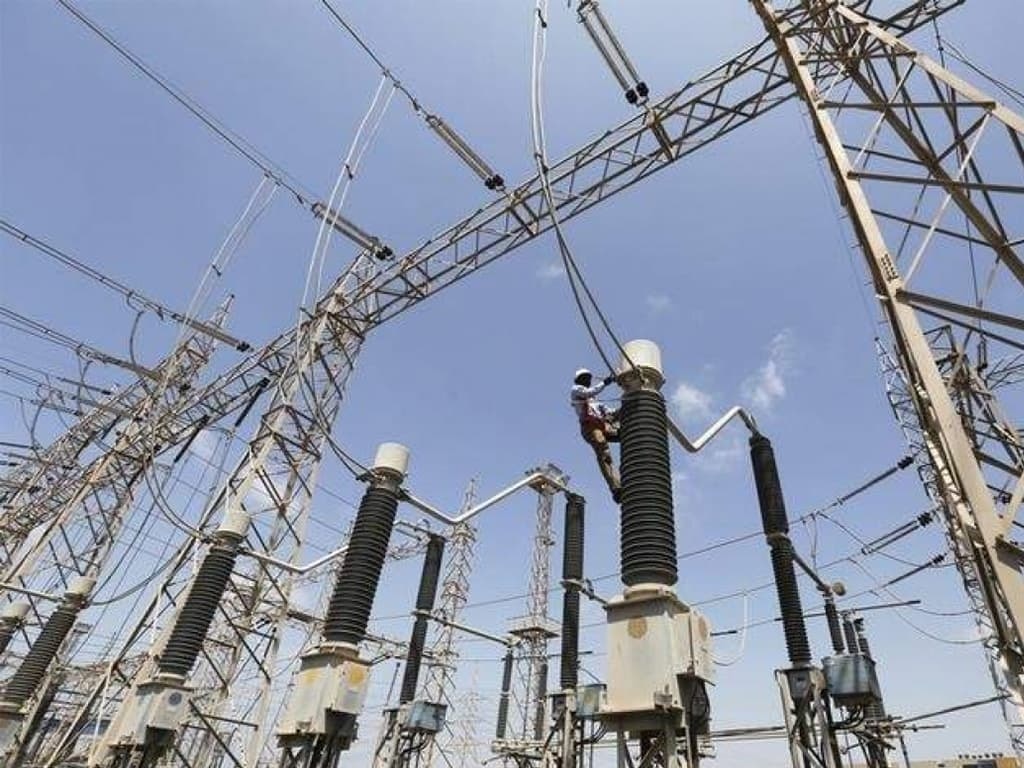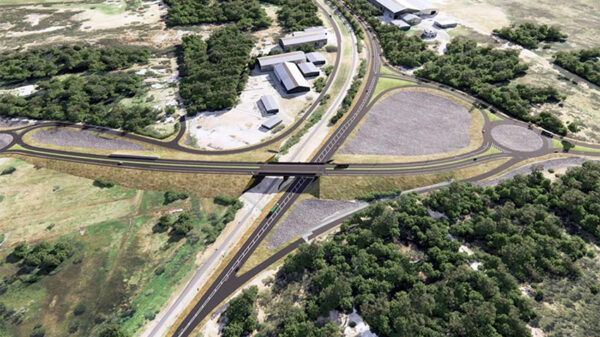In March last year, an investigation committee led by former chairman of SECP Muhammad Ali concluded that independent power producers (IPPs) had secured over PKR 5.837 trillion of excess payments from Pakistan government including PKR 1.022 trillion excess payments estimated to be paid to the IPPs in future. The committee comprised senior representations from regulators like SECP and NEPRA, stakeholders like power division, CPPA, PPIB, NPCC and investigation and intelligence agencies like FIA and ISI.
The committee had, for example, noted that only shifting the payments to IPPs under the existing dollar-based arrange- ment to rupee based internal rate of return at USD-PKR parity of first year after CoD for all plants except 1994 Policy (13,154 MW), could lead to savings in excess of PKR 4.7 trillion over the project life of these IPPs. “On an annual basis, this can lead to a saving of at least PKR 150 billion which will reduce power tariff in the country by PKR 1 per unit”.
Based on findings of this committee, the government had a series of negotia- tions and implementation committees to engage with IPPs for tariff reductions besides the committees of the cabinet like those on energy (CCOE) and economic coordination (ECC). Almost a year down the road, the Federal Cabinet on 9 February formally approved the renegotiated agreements with a total of 46 IPPs. The govern- ment claimed a saving of about PKR 770 billion to have secured from these IPPs over the remaining 20-year average life of these projects.
The negotiations with IPPs were concluded by the end-July and formal memoranda of understanding (MOUs) were signed around 9-10 August. Interestingly, however, it took almost six months to convert those MOUs into formal agreements. While the above savings claimed by the government appear peanuts when compared with original allegations of PKR 5.837trillin, it was surprising that the implementation committee wasted about three and half months after the MOUs were signed to begin engagements with IPPs for payment schedule and conversion of MOUs into agreements. This delayed benefit of savings at the rate of PKR 10 billion per month.
Some insiders claim that changes made in the agreements were cosmetic when examined on the basis of the investigation report and applicable for the future only, having no impact on accumulated circular debt or existing power tariff. When the wrongdoing is established, for example on account of PKR 75-80 per dollar-based equity and 17-18 percent return based on latest exchange rate parity of PKR 160-168, indexation at PKR 148 per dollar was illogical even for 2002 policy-based local investors who have already recovered investments and loans years ago.
Ironically, however, the Central Power Purchasing Agency (CPPA) and the IPPs have so far not been able almost two weeks after the cabinet approval to file tariff petitions before the regulator they were jointly required to do based on revised terms of agreements.
Minutes of the cabinet meeting held on 9 February 2021 noted that finalizing the agreements, all clauses of MoUs were converted into agreements in letter and spirit in favour of the Government of Pakistan (GoP). The CPPA, AEDB and PPIB Boards approved signing revised agreements.
Besides the PKR 770 billion saving from IPPs of about 8000mw, the government also claims a downward adjustment of PKR 2.053 trillion on account of reduction in rate of return on equity for about 8,000 mw of public sector plants, assuming an average 10-year remaining life of GENCOS and WAPDA each and 30-year average life of LNG-based and nuclear power plants.
However, this is adjustment would impact the government’s revenue on account of return on equity, cash development loans to public sector companies and allocation of funds required for major hydropower projects out of budget. The bigger elephant in the room – about 16,000 MW of power plants under the China-Pakistan Economic Corridor (CPEC) – remain untouched.
The cabinet was informed that agreements with 1994 Policy IPPs, HUBCO and KAPCO (of about 4,046 mw) include 11 percent reduction in capacity payments and variable O&M costs, 50 percent of reduced capacity payments based on rupee instead of dollar, interest-on-interest waived against payment of present and future invoices.
Likewise, the agreements with 2002 Policy IPPs of about 2,355mw were rupee-based return instead of dollar-based for the local investor at the rate of 17 percent per annum in rupee fixed at PKR 148 per dollar without any future dollar indexation while return reduced to 12 percent on dollar instead of 15 percent on dollar for foreign investors. The GoP to share in all future savings of fuel and O&M costs and, efficiency audit through Heat Rates Tests of IPPs to be conducted and interest rate on payments reduced from KIBOR + 4.5 percent to KIBOR + 2 percent for first 60 days.
The cabinet was also informed that agreements with 2006 policy wind and Solar IPPs of about 815mw included return reduced to 13 percent on dollar instead of 17 percent in dollar and O&M costs reduced by 20- 25 percent for Wind and 15 percent for Solar and insurance costs reduced to actual with a ceiling of 0.7 percent for Wind and 0.5 percent for Solar. It included a waiver of interest on interest & interest rate on payments reduced from KIBOR + 4.5 percent to KIBOR + 2 percent for first 60 days.
The agreements with Bagasse-based IPPs of 204mw entailed returning reduced to 12 percent on dollar instead of 17 percent in the dollar for next 5 years. Thereafter, the return would be fixed rupee at 17 percent of rupee at the rate of PKR 168 per dollar without any dollar indexation for remaining 20 years. Here too, the O&M cost is reduced by 10 percent and insurance costs reduced to 0.7 percent and waiver of interest on interest & Interest rate on payments reduced from KIBOR + 4.5 percent to KIBOR + 2 percent for first 60 days.
Moreover, the power division claimed that the matter of past excess payments to the 2002 Policy IPPs had been resolved in a sense that originally NEPRA was to determine the issue with a risk of international arbitration and local litigation. The final agreement with IPPs now entails the issue to be decided through a 3-member local arbitration panel. Two members will be retired Supreme Court judges to be nominated one by each side who will jointly decide the third member. The decision of arbitration panel will be final and cannot be challenged.
The payment mechanism entailed that the GoP has to clear outstanding payables of PKR 403 billion to 46 IPPs in two instalments. The first instalment of PKR 161 billion or 40 percent would consist of one-third cash, one-third in 5-year Sukuk and one-third through 10-years PIBs. The payment to the 2002 policy IPPs would be after the determination of the revised tariff by NEPRA. The payment to the 1994 policy IPPs would be 30 business days after signing of agreements.
After 6 months of the first instalment, the second instalment of PKR 242 billion or 60 percent to consist of one-third in cash, one-third in 10-years Sukuk and one-third in 10- years PIBs while the IPPs would settle undisputed outstanding claims of about PKR 70 billion to state-owned fuel suppliers.










